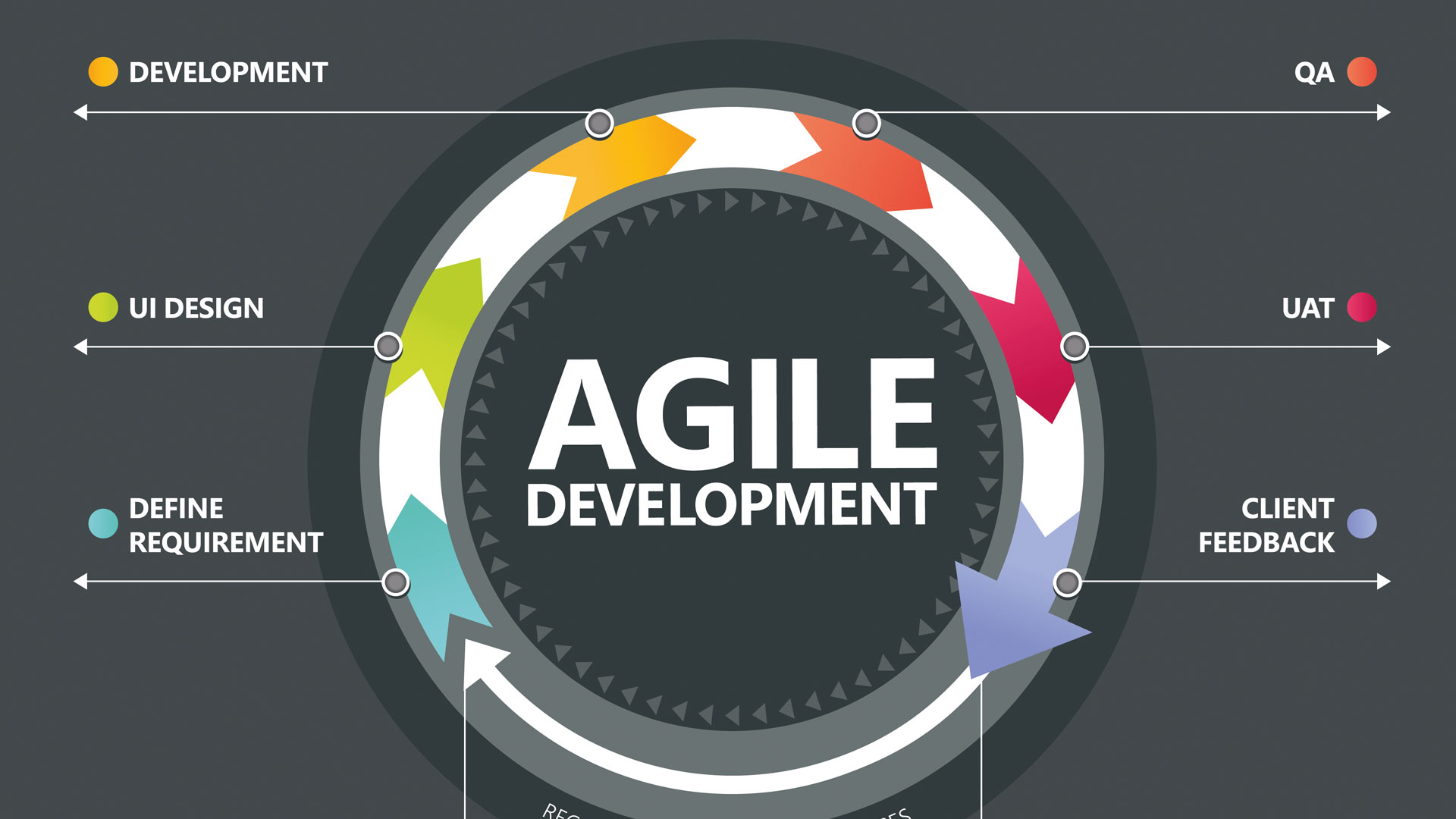프로젝트 개요3 | Agile Layout - An Overview to Reliable and Flexible Item Production
페이지 정보
작성자 Shona Ketner 작성일24-11-20 13:52 조회11회 댓글0건본문
Intro
Agile Style supplies a versatile, effective strategy to item development, combining active principles with layout reasoning. This technique utilizes short, repetitive cycles and quick individual responses to generate remedies that meet customers' advancing demands. Agile Design is particularly efficient in a world where market requires change promptly and items have to be user-friendly.
Specifying Agile Layout
Agile Style integrates design principles with dexterous workflows, bring about products that are responsive, high-quality, and user-centered. By embracing an iterative technique, Agile Style enables teams to examine and boost their job, making certain a close placement with user needs.
 Core Principles of Agile Layout
Core Principles of Agile Layout
User-Centered Thinking: Agile Style ensures customer feedback goes to the forefront of each iteration. This ongoing feedback process helps lead the development of an item that aligns with user assumptions.
Quick Prototyping: Agile Layout entails developing models that can be examined and refined promptly, preventing expensive style changes at later phases.
Cross-Disciplinary Cooperation: Collaboration in between different teams, such as developers, designers, and stakeholders, is vital to Agile Design's success.
Responsive to Change: Agile Layout motivates versatility, adapting as market requires or customer expectations advance.
Why Agile design tools Layout Matters
The Agile Design procedure leads to items that much better fit customers' requirements, creating a competitive side. By reacting to real-time comments, Agile Layout decreases development prices and produces products that adapt to changing needs.
Exactly How to Execute Agile Design
Break down the job right into style sprints, which permits for quicker changes based on responses. Constant testing with genuine individuals makes sure the final product is appropriate and user-focused.
Agile Layout supplies an adaptable, efficient technique to item advancement, integrating active concepts with layout reasoning. This technique utilizes short, repetitive cycles and fast user responses to create solutions that satisfy individuals' progressing requirements. Agile Design is specifically effective in a world where market demands adjustment rapidly and items have to be easy to use.
Agile Style supplies a versatile, effective strategy to item development, combining active principles with layout reasoning. This technique utilizes short, repetitive cycles and quick individual responses to generate remedies that meet customers' advancing demands. Agile Design is particularly efficient in a world where market requires change promptly and items have to be user-friendly.
Specifying Agile Layout
Agile Style integrates design principles with dexterous workflows, bring about products that are responsive, high-quality, and user-centered. By embracing an iterative technique, Agile Style enables teams to examine and boost their job, making certain a close placement with user needs.
 Core Principles of Agile Layout
Core Principles of Agile LayoutUser-Centered Thinking: Agile Style ensures customer feedback goes to the forefront of each iteration. This ongoing feedback process helps lead the development of an item that aligns with user assumptions.
Quick Prototyping: Agile Layout entails developing models that can be examined and refined promptly, preventing expensive style changes at later phases.
Cross-Disciplinary Cooperation: Collaboration in between different teams, such as developers, designers, and stakeholders, is vital to Agile Design's success.
Responsive to Change: Agile Layout motivates versatility, adapting as market requires or customer expectations advance.
Why Agile design tools Layout Matters
The Agile Design procedure leads to items that much better fit customers' requirements, creating a competitive side. By reacting to real-time comments, Agile Layout decreases development prices and produces products that adapt to changing needs.
Exactly How to Execute Agile Design
Break down the job right into style sprints, which permits for quicker changes based on responses. Constant testing with genuine individuals makes sure the final product is appropriate and user-focused.
Agile Layout supplies an adaptable, efficient technique to item advancement, integrating active concepts with layout reasoning. This technique utilizes short, repetitive cycles and fast user responses to create solutions that satisfy individuals' progressing requirements. Agile Design is specifically effective in a world where market demands adjustment rapidly and items have to be easy to use.
댓글목록
등록된 댓글이 없습니다.


